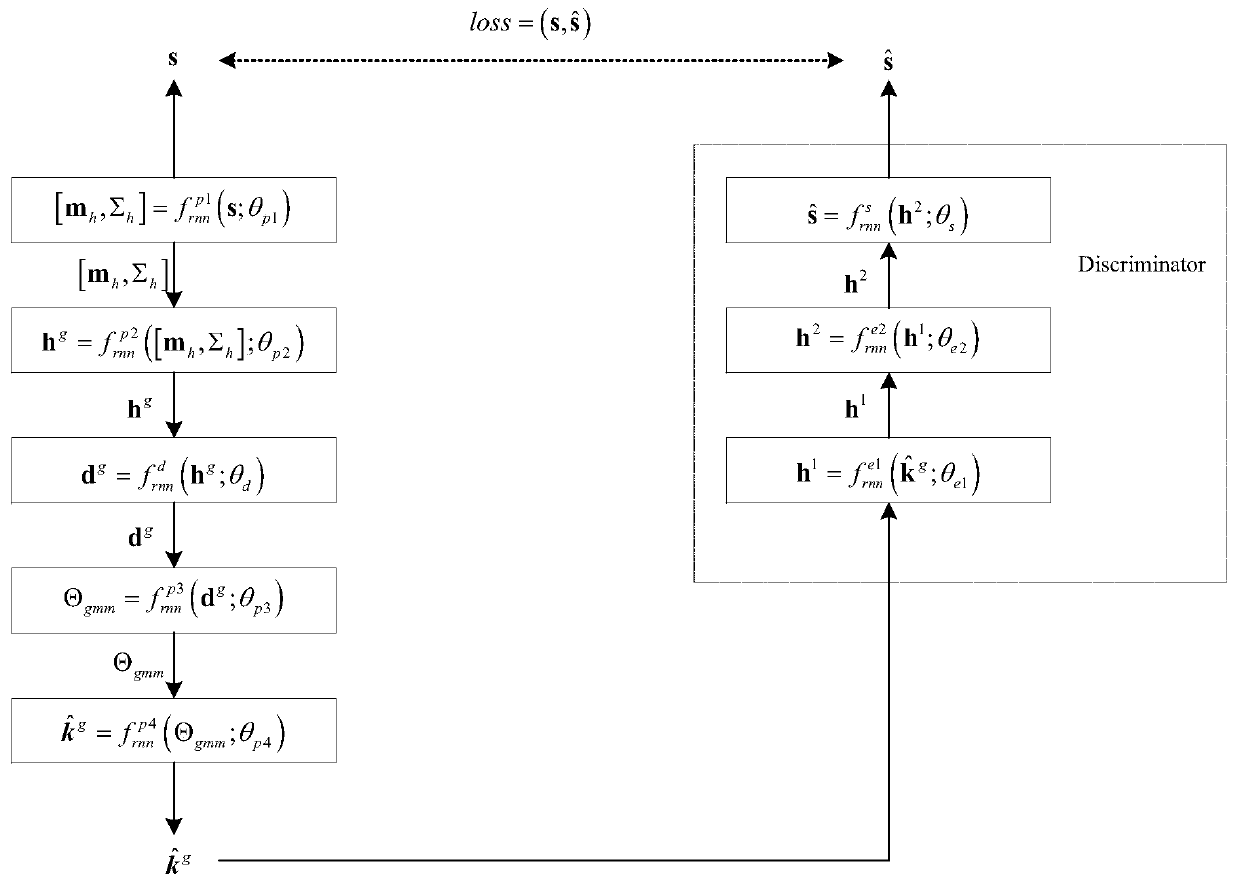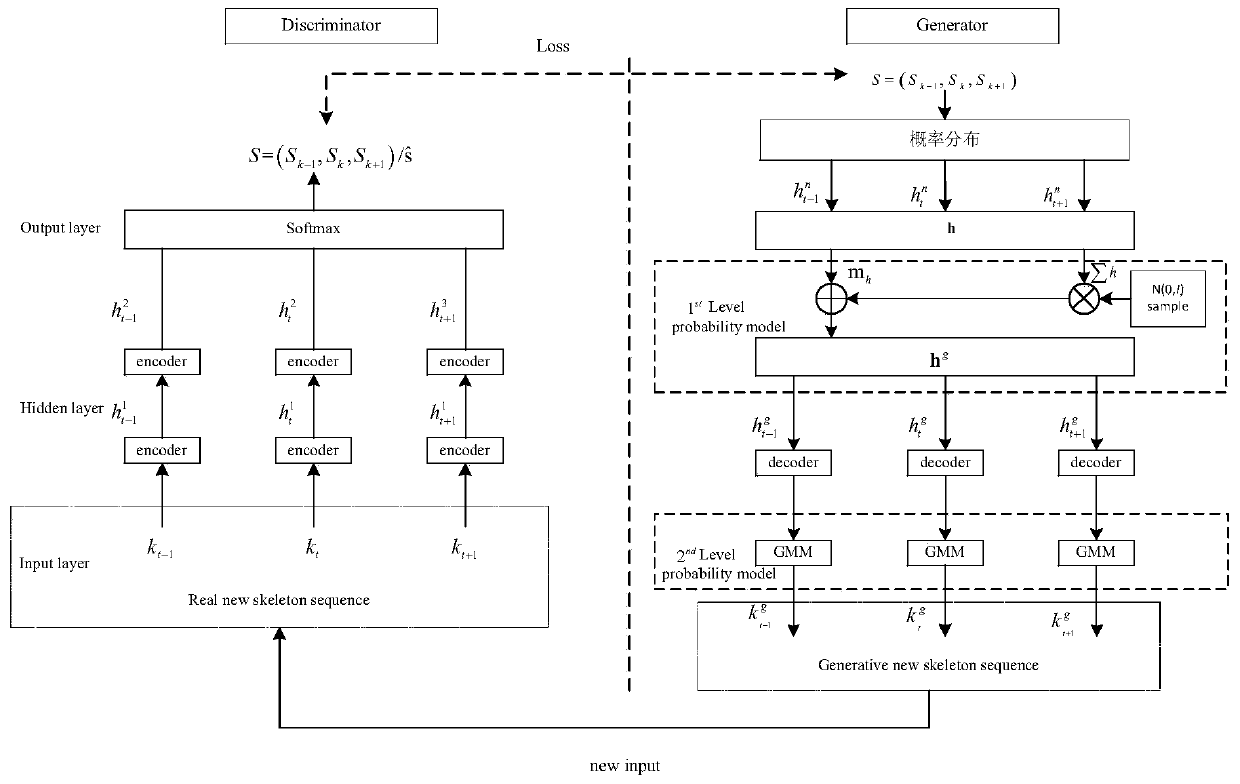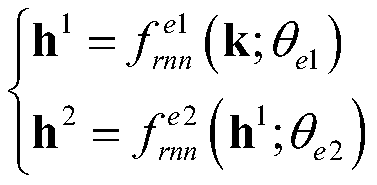Sign language recognition and skeleton generation method based on RNN
A skeleton and sign language technology, applied in the field of RNN-based sign language recognition and skeleton generation, can solve the problems of heavy data collection workload, recognition, and skeleton generation methods without global optimization
- Summary
- Abstract
- Description
- Claims
- Application Information
AI Technical Summary
Problems solved by technology
Method used
Image
Examples
Embodiment Construction
[0064] The present invention will be described in detail below in conjunction with the accompanying drawings and specific embodiments.
[0065] A kind of sign language recognition and skeleton generation method based on RNN of the present invention, specifically comprise the following steps:
[0066] Step 1. Use the Kinect RGB-D dataset to collect the skeleton frame sequence of Chinese Sign Language, input it to the RNN hidden layer for two encoding reconstructions, and calculate and output the Chinese Sign Language semantic label;
[0067] Step 2. According to the semantics of Chinese Sign Language, generate a skeleton sequence with the same probability density distribution as that encoded in Step 1, and decode it through a secondary probability model;
[0068] Step 3. Input the decoded skeleton sequence in step 2 into step 1 for identification, calculate the loss amount between the generated data and the real data, pass back the error, continuously update the system paramete...
PUM
 Login to View More
Login to View More Abstract
Description
Claims
Application Information
 Login to View More
Login to View More - R&D
- Intellectual Property
- Life Sciences
- Materials
- Tech Scout
- Unparalleled Data Quality
- Higher Quality Content
- 60% Fewer Hallucinations
Browse by: Latest US Patents, China's latest patents, Technical Efficacy Thesaurus, Application Domain, Technology Topic, Popular Technical Reports.
© 2025 PatSnap. All rights reserved.Legal|Privacy policy|Modern Slavery Act Transparency Statement|Sitemap|About US| Contact US: help@patsnap.com



